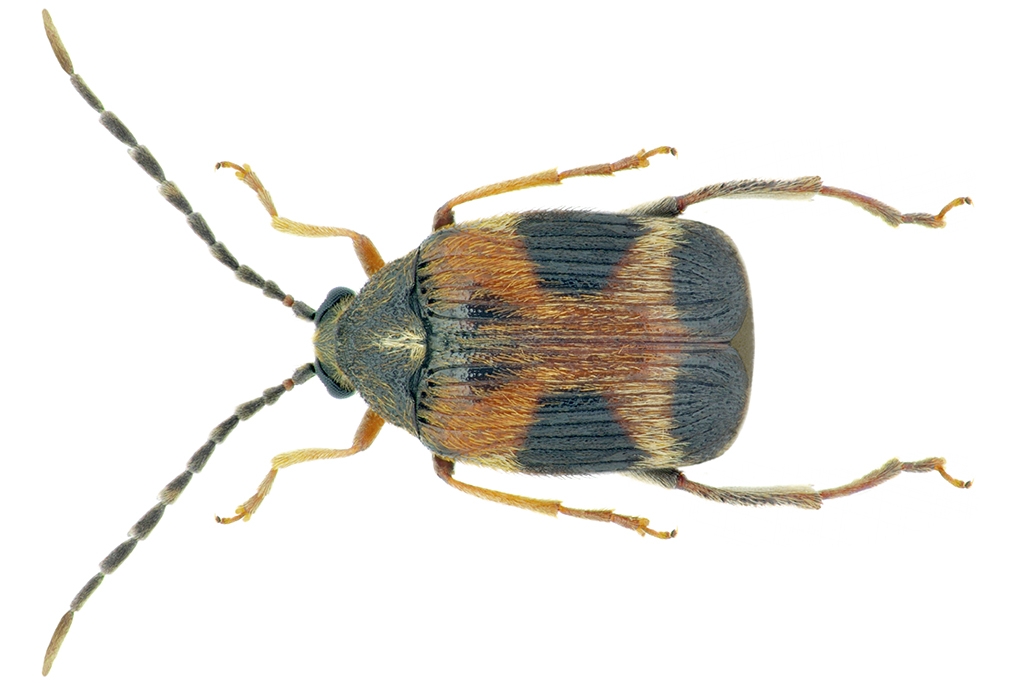Shedding light on the genetic variation between sexes
Facilitated by SciLifeLab’s Bioinformatics Platform (NBIS) and National Genomics Infrastructure (NGI), researchers from SciLifeLab and Uppsala University shed light on the genetic “tug-of-war” that acts between sexes to maintain variation. A mechanism that scientists have long struggled to understand.
Important traits, such as lifespan or metabolism, can sometimes differ between the sexes. In many species, males favor a “live-fast-and-die-young” lifestyle while the females benefits from a longer life. This genetic conflict can lead to different genes being favoured in males and females, which can lead to a balance in which both variants are maintained in populations.
In a recent study, published in Nature Ecology & Evolution, researchers from SciLifeLab and Uppsala University analysed thousands of genes found in different populations of beetles in order to investigate this balance.
“We were surprised to see that hundreds of different genes are apparently involved in sexual conflict,” says Göran Arnqvist (Uppsala University) in a press release from Uppsala University, who led the research team. “Most of the genes that showed this form of balance were genes that are turned on, or expressed, more in females than in males and were genes known to affect metabolism and reproduction.”
“Many of these genes are of fundamental importance for male and female life histories, so this form of genetic conflict between the sexes seems to contribute in a very important way to the maintenance of genetic variation,” Arnqvist continues. “Differences between males and females can, apparently, help create genetic diversity.”





